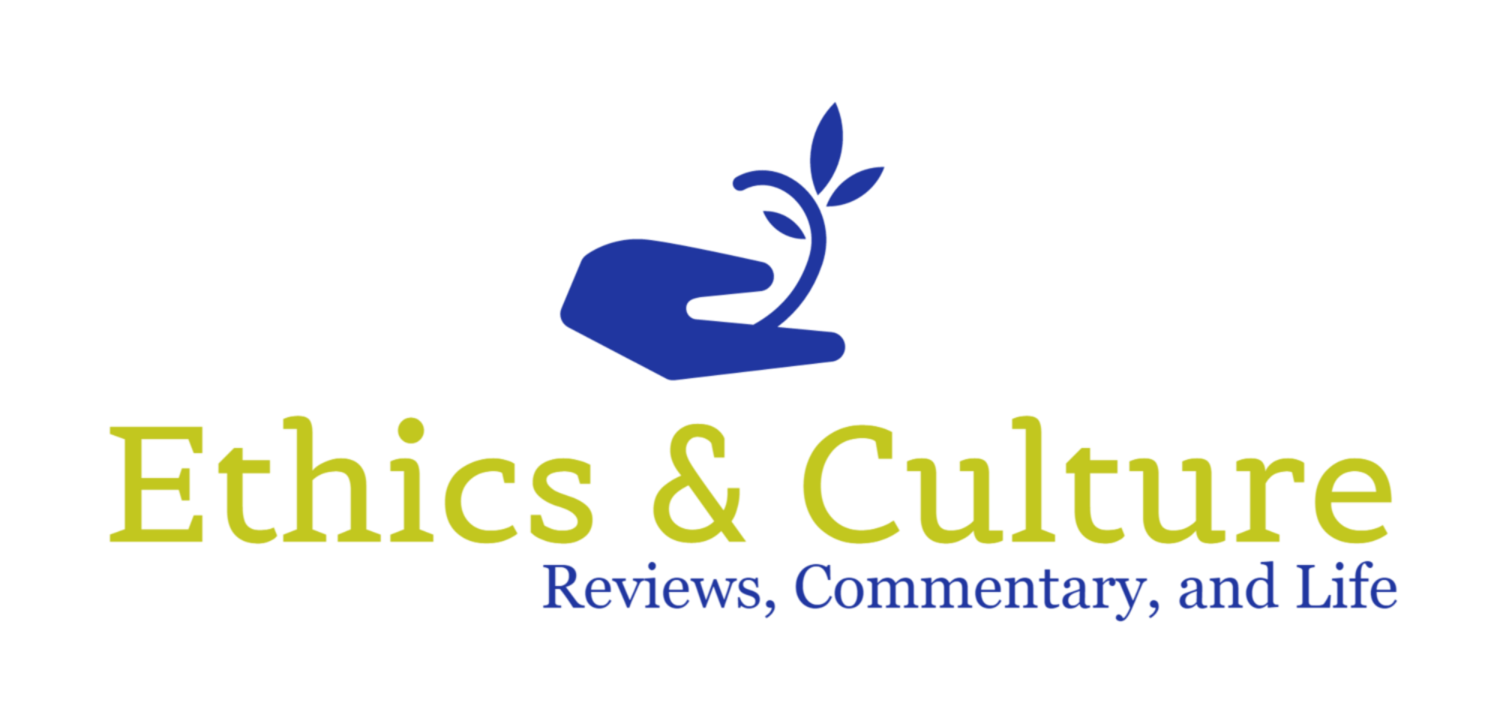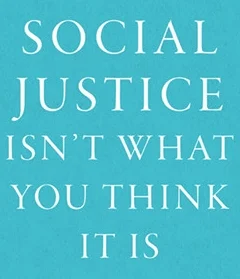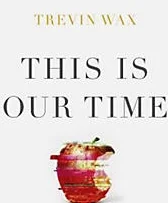Social Media Justice and the Gospel
One of the common complaints against Christianity—what Tim Keller calls defeater beliefs—is that a good God…a loving God…would not judge sin and wouldn’t punish it if he did. He would just wipe it away and forgive it without judgment. We are taught by culture not to like violence, so we like to believe that a just God would also be non-violent.
Miroslav Volf, a theologian at Yale and a Croatian who had personal experience with the gross injustices of ethnic cleansing and genocide in former Yugoslavia argues that a God who punishes evil through judgment is necessary to keep people from seeking revenge:
If God were not angry at injustice and deception and did not make a final end to violence––that God would not be worthy of worship. . . . The only means of prohibiting all recourse to violence by ourselves is to insist that violence is legitimate only when it comes from God. . . . My thesis that the practice of non-violence requires a belief in divine vengeance will be unpopular with many . . . in the West . . . [But] it takes the quiet of a suburban home for the birth of the thesis that human non-violence [results from the belief in] God’s refusal to judge. In a sun-scorched land, soaked in the blood of the innocent, it will invariably die . . . [with] other pleasant captivities of the liberal mind.
Our belief in a God who violently judges sin is necessary to restrain our hearts from desiring immediate and exorbitant revenge on the people that seek to do us harm. This is why Habakkuk calls for the judgment of the Lord in chapter 2 of his short book, rather than trying to settle all of the scores with his own hands.
In fact, in the history of Christianity, some of the worst evils that have been perpetrated in the name of Christ have been caused by people not trusting into God’s justice, but trying to bring about their own version of justice in their own time.
Social Media Justice
As Christians living in a world that celebrates injustice, often presenting it under the cloak of goodness or true justice, we find ourselves given a tool to announce our disapproval of everything bad. Thus, we think, we can stand against real injustice, even if it only via posts or tweets.
This is the mentality of the social media warrior. In fact, in our age, the digital assaults on people’s reputations that are perpetrated in the name of injustice are not much different that murder. The goal of many social media warriors is to destroy the life of their victims, but without the shred of mercy that actually killing them would entail.
An example of this is the recent brouhaha over the interaction between the Native American activist Nathan Phillips and a boy from a parochial school. That case itself has turned into a Rorschach test for your political position, so I will leave that unending debate over who was right (if anyone) in that situation to others.
However, what we should not miss is that there was an instantaneous urge to crush, smash, and destroy by those that hated the look on the boy’s face in the initially miscaptioned photo. To be clear, the opposite reaction could have been obtained from the other side if an activist wearing a charged political slogan had been caught in a pose that could have been represented as disgust, smarminess, or disrespect of one of the political right’s favored populations. The problem is not left vs. right, it is the urge to destroy.
And there were calls for destruction. Based on questionable interpretations of the event, which were driven largely by an inflammatory caption on a photo posted by a bot Twitter account run out of Brazil, people who consider themselves good and just and consistent in their pursuit of justice were calling for assault and even execution of the child in the photo. There were dozens of physical threats made against the school itself. All of this in the name of justice. Again, when the tables are turned, there are voices on the right that are just as nasty in their pursuit of justice.
This is exactly the sort of “justice” that Habakkuk is warning against: Justice that is really unjust because it is brought about in our way by our hands, instead of according to God’s judgment.
Conclusion
I believe in a God of judgment because it is the clear expectation of the authors of the Old and New Testaments. The need for a just God of judgment reinforces my belief in the God described by the Bible. The rise of the social media warrior with his virulent, destructive cruelty in the name of justice reminds me why Christianity must be true, else we have no hope.
We need a just God who will make the wrong things right. That is part of the gospel. Just as is the fact that salvation is available for all who believe in accept the power of the atonement to cover our sins, and put faith only in that for our final redemption. God is just. Our attempts to force justice in this world will bring about injustice. Thank God that he sent Christ to keep those who receive him, who believe in his name, from bearing the deserved wrath for our sins on our own shoulders. Thank God for being a God who is both just and gracious at the same time.
































There’s no reason to doubt that Jesus was nailed to the cross. Ultimately, I trust what Scripture says about Jesus’s crucifixion because I also trust what it says about his resurrection. And that’s what we should be celebrating this week.